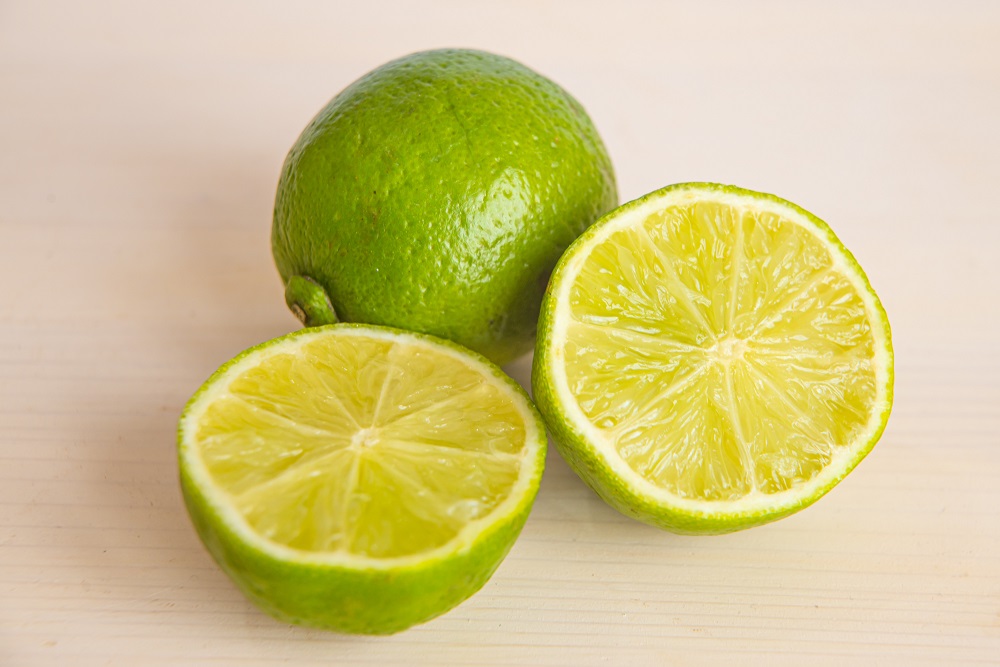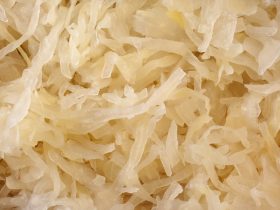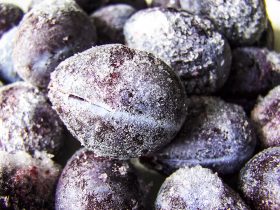The lime is, in fact, actually a series of citrus fruits that are most often found to be green in color and slightly sweeter tasting than that of its close cousin, a lemon. Limes are generally used in cooking as either a flavor accent owing to their acidity, or are otherwise pressed into juice, though lime juice is generally not imbibed on its own.
Because of their nature as an organic fruit, limes do not last for a very long time when left exposed to the elements, and begin to lose their quality even sooner. As such, many farmers and home chefs use a variety of storage methods and processes in order to extend the lime’s shelf-lives as long as possible.
Among these storage methods is that of freezing – limes may be frozen in many forms, though certain steps must be taken in order to reduce the loss of quality that they may undergo. Freezing is not suitable for limes that you are planning to make into candy or use as a garnish, unless it is the zest of the lime you are intending to freeze.
Why Should You Freeze Limes?
Limes, like most organic produce, are susceptible both to their own enzymatic processes as well as microbial life, both of which cause significant decay to the quality of the lime and make them otherwise unsuitable to consume.

This is usually avoided by either using the limes before they have begun to degrade or to store them in some other manner, one of which is the process of freezing.
By using the proper storage procedures before placing the limes in the freezer, you can avoid a large portion of the intracellular damage that most organic produce suffer from as the water between and in their cells expands.
What Do You Need to Freeze Limes?
Much like choosing to refrigerate limes, freezing these green citrus fruits requires very little equipment and is quite simple in comparison to the freezing preservation process of other high moisture content products.
In order to freeze limes, you will only need to gather a freezer-safe resealable container as well as either freezer bags or resealable plastic pouches. A freezer capable of reaching temperatures at or below 32°F is, of course, also required.
How to Freeze Limes
To begin freezing your limes, first thoroughly wash them, just as if you were intending to refrigerate them. Run a cold tap over their surfaces, scrubbing lightly with your finger tips. Once cleaned, gently pat the fruit dry with a cloth or dish towel.
Now washed and dried, place the limes in individual freezer bags or plastic pouches. Do not overfill the bags with the limes and instead store them in separate bags according to your expected serving size in order to eliminate any need to defrost the entire batch.
Seal the bags by pressing out as much air as possible, taking care not to rupture the rind of the limes as you do so.
Once the air has been sufficiently removed from the bags, place the entire batch of bagged limes in the freezer-safe container. This is done to both act as a secondary insulating layer which will help prevent the limes from becoming freezer burnt as well as protect them from any mechanical pressure which may damage them, causing premature spoilage.
Store the double-insulated limes in the deepest part of your freezer for up to four months.
Keep in mind that significant degradation of the lime’s firmness will occur, especially if frozen over long periods or if the limes have been stored improperly. This is largely unavoidable for the most part, and as such it limes are unsuitable for freezing if you desire to use them as wedges or candy.
Can You Freeze Lime Juice?
Freezing lime juice is an excellent idea because of the fact that, unlike whole limes, lime juice does not degrade in any tangible way so long as it is stored in the freezer for a reasonable length of time.
In order to do so, simply juice the limes in any way you desire, before pouring the lime juice into flexible plastic ice cube trays. Do not overfill the individual divots of the tray, as the juice will expand once frozen, and may crack the container.
It is also wise to not allow any overflow between the individual divots, as these will freeze together and make removing individual ice cubes of lime juice difficult in the future.
Leave the ice cube tray of lime juice in the freezer uncovered for several hours or until they become entirely solid throughout. Remove these frozen cubes of lime juice from the tray and pile into a resealable plastic pouch or container.
It is a good idea to use metal tongs while handling the lime juice ice cubes and to store them in their container quickly, because if their surfaces begin to melt during this process, returning them to the freezer may cause the individual lime juice cubes to fuse together.
Fortunately, lime juice may be stored for up to four months in the freezer, much like the whole limes themselves.
Can You Freeze Lime Slices?
Freezing slices or wedges of lime is slightly more complicated than choosing to freeze them whole owing to the fact that they possess moisture on their surfaces and as such will not only fuse together once frozen but also degrade in quality more quickly.
In order to freeze lime slices, cut them into your desired shapes before piling only a few pieces into freezer-safe resealable plastic pouches. Do not store more than a few slices of lime in a single pouch, as they will doubtless freeze into a single mass.
If so desired, you may avoid this eventuality by first placing the individual lime slices on a wax-paper lined baking tray and freezing the pieces uncovered in the freezer for several hours. However, this is not recommended, as the individual lime slices may become freezer burnt. Subsequently bag the pieces if you have chosen to take this route.
Store the bags of lime slices in the freezer for up to three months. It is best not to refreeze them.
How Long Do Limes Last at Room Temperature?
As mentioned in the previous section of this article, limes begin to degrade if left exposed to the elements, of which are mainly high levels of relative air humidity as well as temperatures between 40°F to 140°F, as these conditions can and will act as a catalyst for the lime’s own internal ripening enzymes.
A second reason why it is best to keep limes out of room temperature storage environments as much as possible is that both bacteria and fungi can grow uninhibited at these temperatures, causing the limes to decay prematurely as they are consumed at a microscopic level.
Even stored in the proper manner, limes can only last for up to one week before their edibility must be called into question.
In order to ensure that they retain their freshness and flavor for this long of a period, it is important to store the limes in a dark and cool corner of your pantry or cupboard, preferably in a container with small holes poked through it to allow the fruit to “breathe”.
Additionally, ensure that the lime is kept away from direct sunlight and sources of moisture, both of which can accelerate the eventual decay of the fruit owing to the catalytic effect heat, light, and water have on both fungal growth and enzymatic chemical reactions.
Can You Refrigerate Limes?
A better alternative to simply leaving the limes at room temperature, refrigerating a lime is relatively straight forward and only requires a resealable plastic bag in which to place the limes in.
First, thoroughly wash the limes, removing any dirt or insects that may still be attached from the farm. Once clean, gently pat the lime dry with a cloth towel or rag.
It is generally a good idea to store produce with a dry surface in order to reduce the chance of fungal spores gestating and subsequently infesting the entire batch of fruit or vegetables.
After washing and drying, simply place the limes within the resealable plastic pouch. Do not attempt to store too many limes in a single bag in such a way that it can no longer seal. If needed, store the limes in multiple bags instead of squashing them together, as rupturing the rind of the limes will cause it to spoil more quickly.
Keep the bag(s) of limes in the crisper section of your freezer, ensuring that they are properly sealed so only a minimal amount of humid air may enter the bag. Stored in the best possible conditions and immediately after purchasing, the limes will last for up to four weeks.
References
1. Plattner, Kristy (26 September 2014). “Fresh-Market Limes” (PDF). USDA Economic Research Service.
2. Wu GA, Terol J, Ibanez V, López-García A, Pérez-Román E, Borredá C, Domingo C, Tadeo FR, Carbonell-Caballero J, Alonso R, Curk F, Du D, Ollitrault P, Roose ML, Dopazo J, Gmitter FG, Rokhsar DS, Talon M (February 2018). “Genomics of the origin of Citrus”. Nature.





Hi, I'm Dom
Dom Eats was started to help other people fall in love with food. While cooking can feel intimidating, it doesn't have to be.